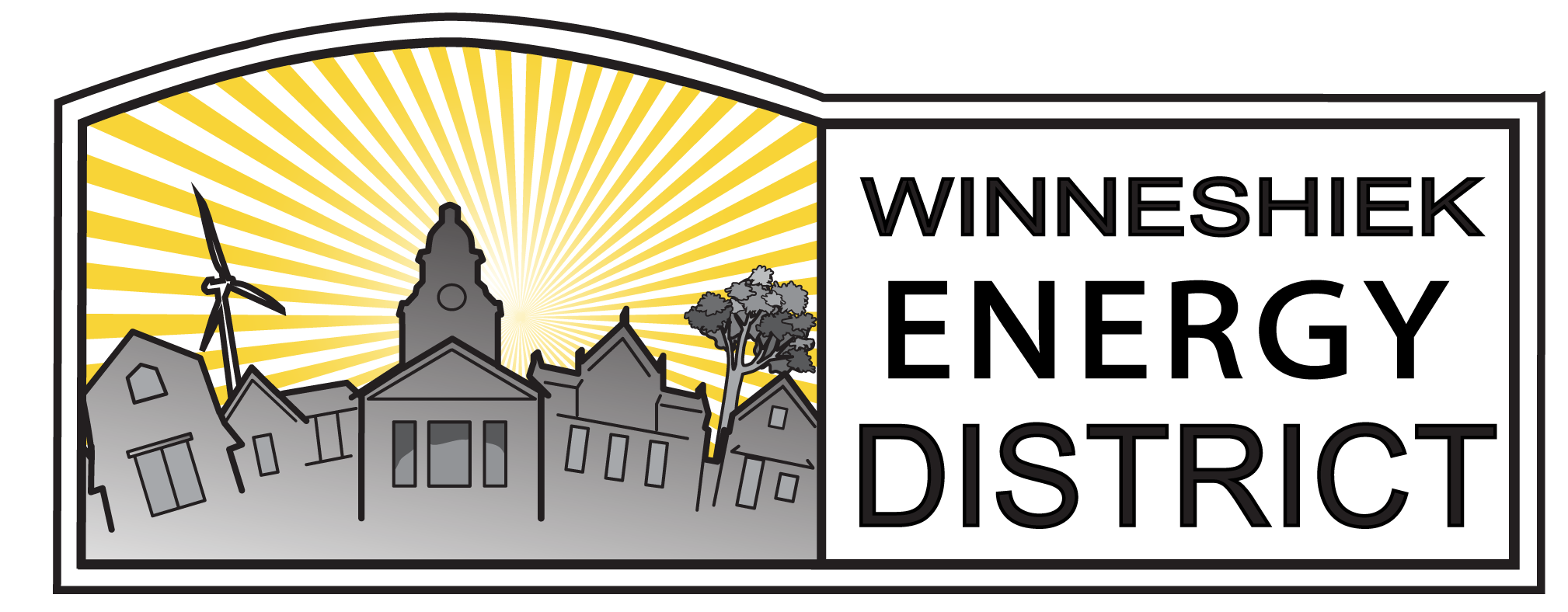Energy Bills Rising: Black Hills
by Joel Zook, Energy Planner
We’ve been asked recently why Black Hills natural gas bills are rising and continue to rise when the rate increase was a one-time deal, and was reported to be a relatively small one. The answer is complicated, but we’ll try to explain. Here are three take-aways:
- Yes, Black Hills recently raised their rates
However, the larger impact on your home or business’s bills is due to:
- The 2021 Polar Vortex Fee
- A dramatic increase in natural gas market prices (both nationwide and globally)
2021 Black Hills Rate Increase
Black Hills did recently file for a rate increase in June of 2021. However, that rate increase is not driving the bulk of the overall increase in natural gas bills. The rate increase was significant in that Black Hills would charge a good deal more per unit of natural gas sold, as a percentage, than it had previously. However, most of your gas bill is based on the actual market price of natural gas that is passed on to you. You can read more about this in the story we wrote covering the rate increase. The rate increase was finalized and did not include any of the additional add-on fees proposed by Black Hills that the Winneshiek Energy District and the Office of Consumer Advocacy objected to. Ultimately, the rate increase adds a few cents per therm to your overall bill.
2021 Polar Vortex Fee
In 2021, most utilities, Black Hills included, were forced to respond to an unprecedented cold snap. The cold weather shut down much of the natural gas production and distribution throughout the southern US and simultaneously increased demand for heating fuel. During this time market prices for gas were 50 to 100 times normal wholesale costs. In Iowa, natural gas is a semi-deregulated utility. Utilities operate as monopoly companies but their costs are based on two part: the cost needed to deliver the gas to your home or business and the wholesale cost of gas. You can see on your bill two line items (the fixed, per month “customer charge” and a “base rate” that is charged per therm). These rates are regulated and approved by the Iowa Utilities Board and together they make up roughly half of your annual cost. BHE asked the board to spread the additional gas costs incurred during the 2021 polar vortex over 36 months going forward, which would have resulted in an increase in rates of about 20 cents per therm for 3 years. The board approved the cost increase but requested that the cost be spread over 2 years instead of 3. This results in some savings for customers in the long run (Black Hills will charge less interest on the “borrowed” money to customers), but results in a higher immediate rate adjustment of 34 cents per therm.
Market Prices
If you’ve followed me so far you might be wondering, “Okay, there’s a few cents per therm from the rate increase and about 34 cents per therm from the polar vortex fee, but my bill is doubled from last year – why is that?” Well, remember what I said above about Iowa’s natural gas utilities being semi-deregulated. They pass on the market cost of natural gas to their customers. That has worked out very well for us in the past 5-10 years when market prices were very low, but we are now seeing the other side of that same coin. US natural gas prices are way up, and this alone has added 25-35 cents per therm this winter
Overall
The end result is that our natural gas bills are now higher than they have been in a considerable amount of time. This can be very disorienting to have a house that is largely the same, and a winter that was just as cold as last year (maybe a bit warmer) and to end up with bills up to double last years. Below is a graph of the cost per therm I paid since I moved into my house. I calculated the cost per therm by removing the fixed portion of the bill (that is the same each month) and dividing the remaining cost by the amount of gas used. Note that I didn’t use any gas in my house in July and August, so there’s no data for those months.
What’s next?
The (small) rate increase is here to stay. The Polar Vortex Fee will expire beginning in April 2023. That will result in an immediate relief of 34 cents per therm and should make the 2023-2024 heating season more bearable. Who knows where national and global gas prices will go?
Home and business owners can take action to manage and control their energy costs. Start with a home or business energy assessment to get a handle on your usage and advice on energy savings.
